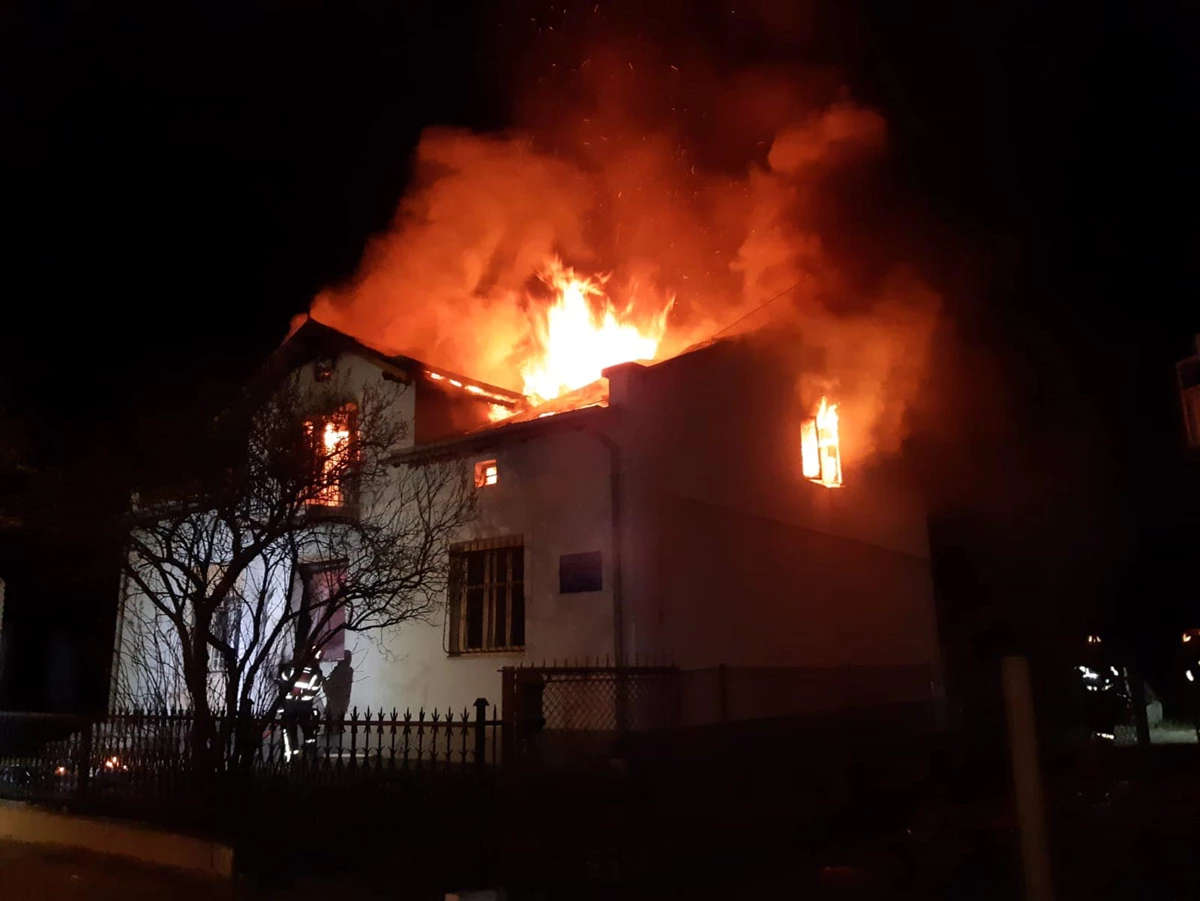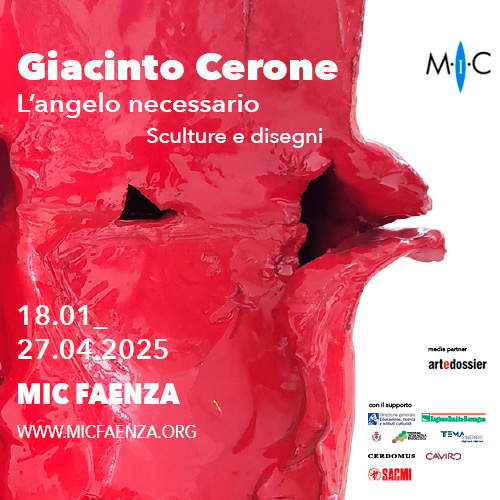Lviv, historical museum dedicated to Ukrainian nationalist destroyed on outskirts of city
During the night of Jan. 1, a museum on the outskirts of Lviv in Ukraine was completely destroyed during a fire caused by falling debris from Iranian Shahed drones launched by the Russians over the city in the early hours of New Year’s Day. Reporting the incident at the crack of dawn was Lviv Mayor Andriy Sadovyy on his Telegram account.
The destroyed museum is located in the suburb of Bilohorsha, on the outskirts of Lviv, and is the Memorial Museum dedicated to the controversial figure of Roman Shukhevych, a Ukrainian nationalist who fought during World War II in the ranks of the Ukrainian Insurgent Army (UPA) commanded by Stepan Bandera. Shukhevych was the organization’s leader from 1943 to 1950 and, like Bandera, collaborated with the Nazis, although he is considered something of a national hero, especially in the west of the country, for fighting against the Soviets and for Ukrainian independence. However, there are historians who attribute responsibility to him in the 1944-1945 massacres of Poles in Volinia by the Nazis and the Ukrainian Insurgent Army during the German occupation of Poland. “Bandera, Shukhevych and the UPA,” reads an Euronews article published in 2021 during the debate over granting Bandera and Shukhevych national hero status, “are controversial for several reasons. Critics point to the mass killing of some 100,000 Jews and Poles and the fact that the UPA collaborated with Nazi Germany at the beginning of World War II until it became clear that Nazi Germany would not recognize Ukrainian independence. Others see them as heroes who fought for independence and accuse Poland of mass murder and deportation of Ukrainians in the 1940s. In Ukraine, views on the UPA are also divided. A study conducted this year [in 2021, ed.] by the Center for Democratic Initiatives shows that 80 percent of Western Ukrainians are positive about the Ukrainian government’s recognition of UPA soldiers and their struggle for Ukrainian independence.”
The museum was opened in 2001 as a detachment of the Museum of History in Lviv, in the house from which Shukhevych, in 1950, led the last fight against USSR Ministry of Security units, and in which he was killed. As a result of the kamikaze drone attack launched on Lviv (intercepted by the air defense forces: the fire, as mentioned, was caused by falling debris), the building was totally devastated. The Lviv military administration reports that the fire caused, in addition to the destruction of the building, the loss of several items belonging to Shukevych, as well as a memorial bust of him and a sculpture by Stepan Bandera. Also according to the military administration, the damage for the loss of the building alone (thus without calculating the objects) would amount to 2 million 258 thousand hryvnias (about 55 thousand euros). However, the administration also points out, about 600 objects stored in the museum had been taken to a safe place before the war.
Mayor Sadovyy called the attack “symbolic and cynical” because the drones, in addition to the museum dedicated to Shukhevych, also targetedDublyany University, where Stepan Bandera himself studied a hundred years ago. One can therefore imagine that the New Year’s Russian attacks on Lviv were directed against two symbols of Ukrainian nationalism, not least because the country holds celebrations on January 1 dedicated to Stepan Bandera, who was born on January 1, 1909. In all, the first citizen again reports, the Lviv region in the night was attacked by ten Shahed drones, which caused no casualties but still caused damage. “The destruction by the enemy of the Shukhevych Museum,” Sadovyy concluded, “is a symbolic act. We will rebuild it after Victory. The museum will be bigger and there will certainly be a part dedicated to our struggle today. Thousands and millions of Ukrainians are part of the victorious struggle for independence, which includes Shukhevych, Bandera, Konovalets. Today we write this history every day.”
Pictured is the burning of the museum. Photo: Lviv Military Administration
 |
| Lviv, historical museum dedicated to Ukrainian nationalist destroyed on outskirts of city |
Warning: the translation into English of the original Italian article was created using automatic tools. We undertake to review all articles, but we do not guarantee the total absence of inaccuracies in the translation due to the program. You can find the original by clicking on the ITA button. If you find any mistake,please contact us.





























